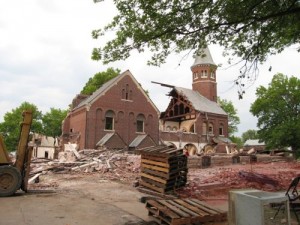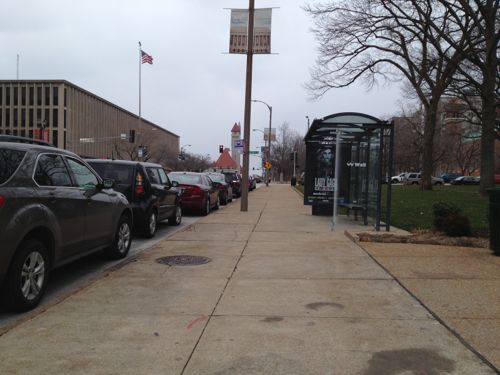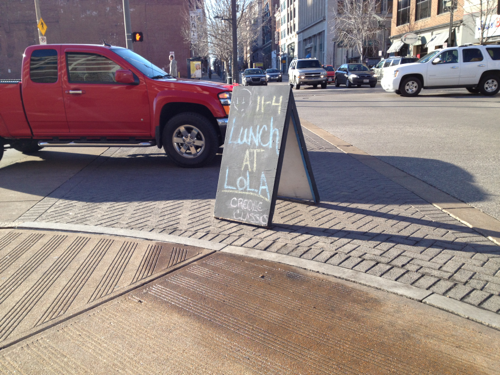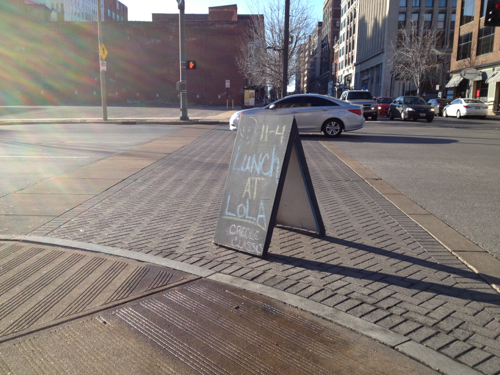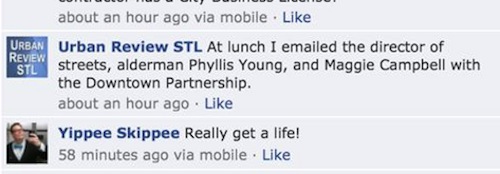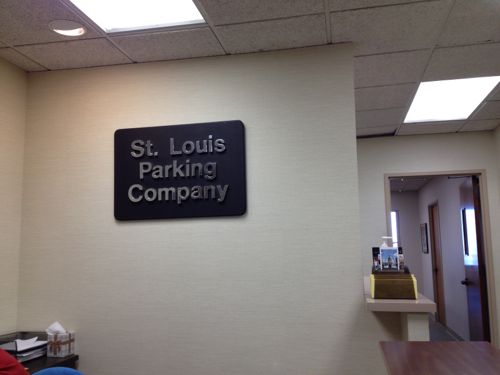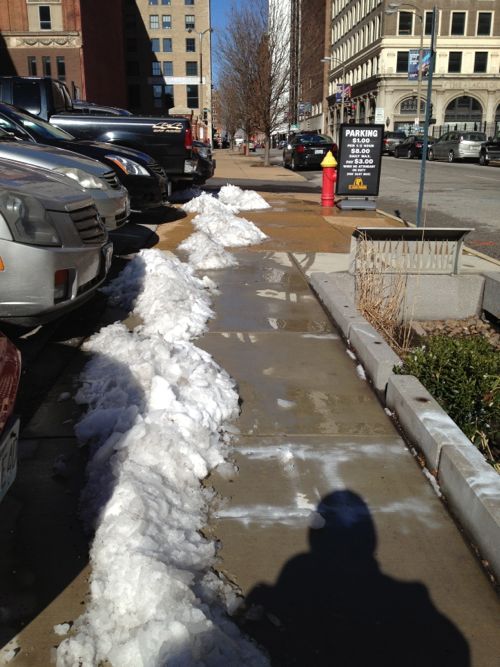Ballpark Village Phase One Started
In December 2009 I suggested the then-stalled Ballpark Village site should be broken up and built in phases rather than all at once, here’s a quote:
As big multi-block projects gets harder to finance and build as a single package we need to break it up into smaller pieces. Legal mechanisms exist to ensure the total vision will be realized once all the parcels have been built out. It might take 10-15 years by the time it is fully built out but great spaces and great spaces seldom happen at once.
We are close to four years of the site being vacant and we don’t know how many more years it will remain so. Had the site been platted as individual building sites we may have already seen a new structure or two in the area. (It takes a village, or does it?)
What did the Cardinals & Cordish announce at Friday’s groundbreaking?
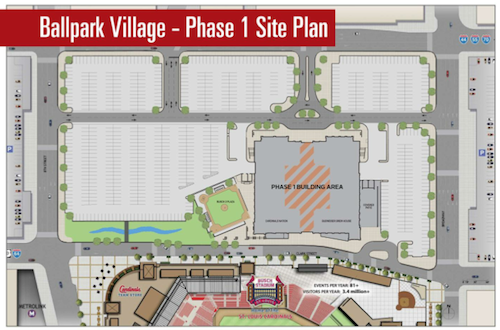
Phase one will have “two large buildings” facing Busch Stadium, one on each side of an entertainment space.
“The first phase will also include the construction; all of the streets, parking and infrastructure to support the remaining blocks of the project in future phases. That means that in just over a year from now, this about this, in addition to having one hundred thousand square feet of new retail and entertainment downtown, we will also have several very attractive pad-ready development sites. Ballpark Village will be a premier location for offices, entertainment and housing.” — stated at groundbreaking
This is how the site should’ve been planned all along! From the press release:
Ballpark Village will serve as an entertainment center for the region, attracting 6 million-plus visitors year-round. The $100 million first phase also includes all of the streets, parking and site infrastructure to support the future phases of the seven-block mixed-use project, allowing the city to market pad-ready sites ripe for development. The development team expects future phases of Ballpark Village to include additional retail and entertainment venues, as well as commercial office space and residential units.
Questions still remain about phase one, mostly around the street grid. Currently 8th Street (west edge) is one-way southbound (down) until Clark Ave. where it’s then two-way.
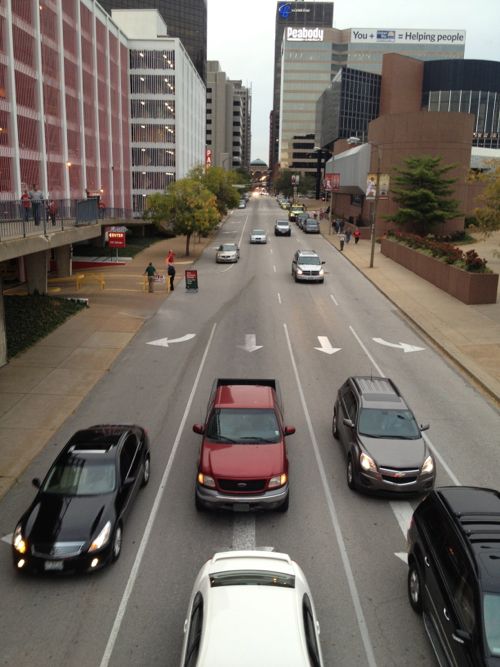
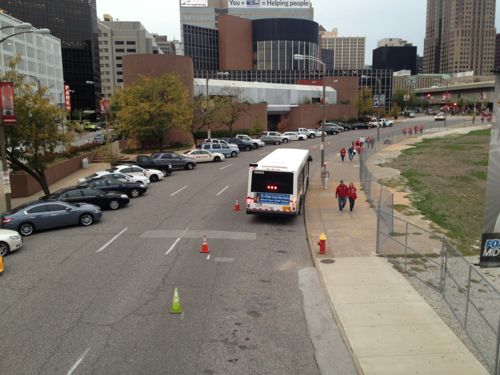
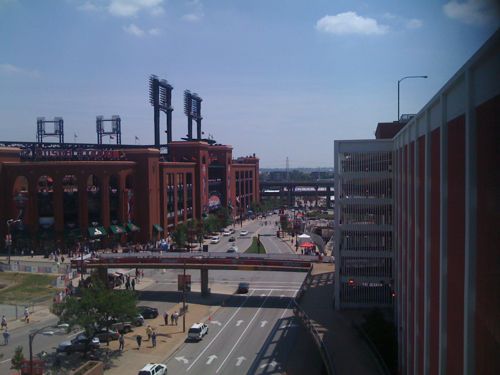
Hopefully 8th Street will become two-way all the way up to Washington Ave., but I doubt it.Will the new east-west street shown in the site plan be a public or private street?It should be public since the city is giving up 7th, a good chunk of real estate.
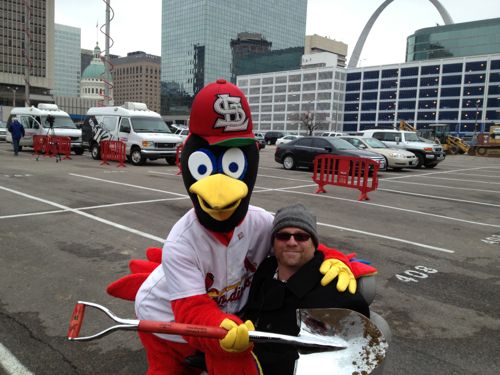
Phase One is scheduled to be completed by opening day 2014 (March 31?).
— Steve Patterson
